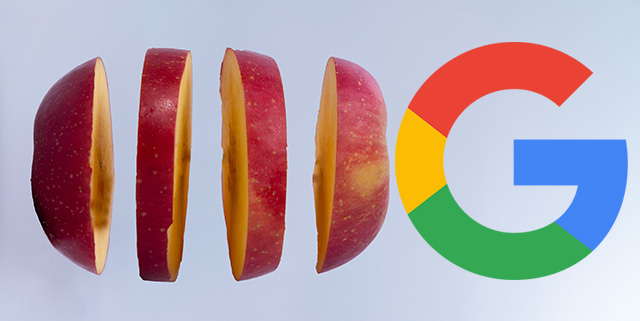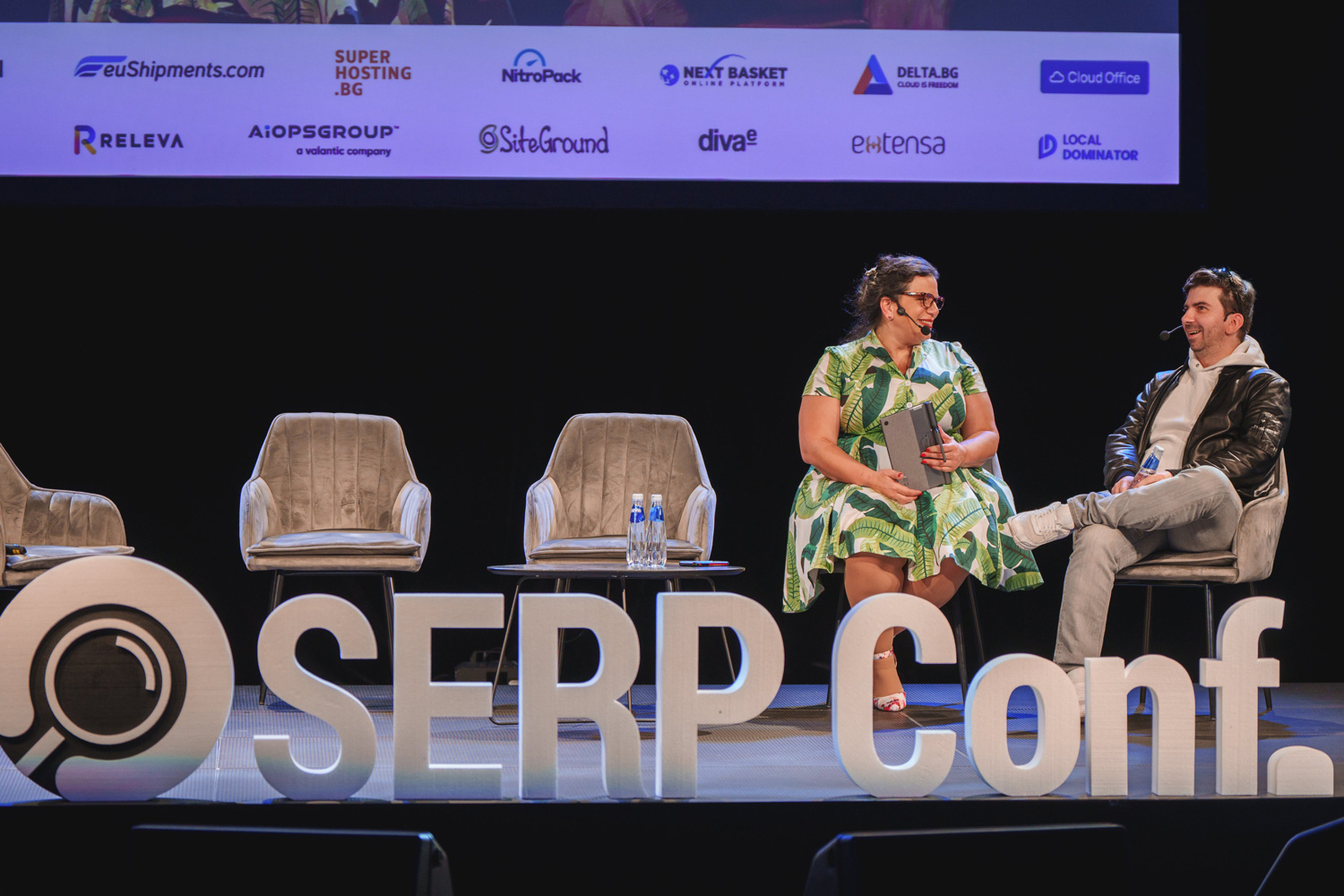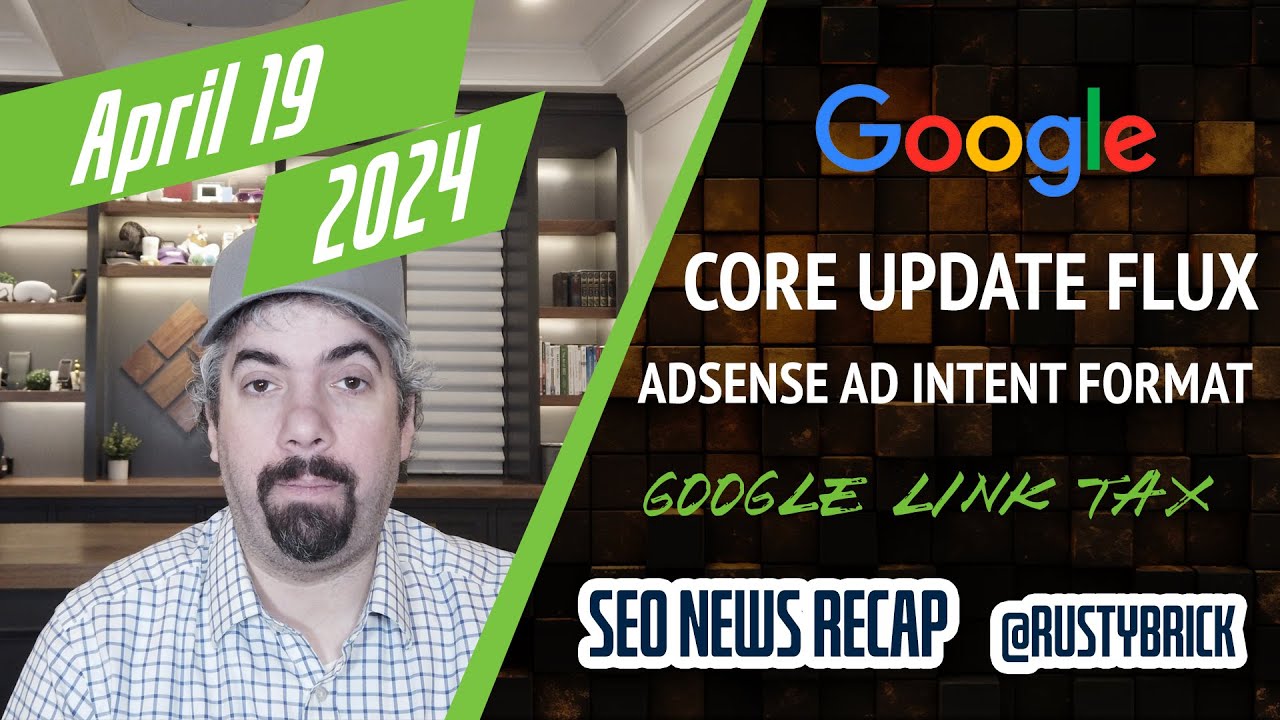SEARCHENGINES
Google Debates About Sharing More Details On Core Updates

In the most recent Search Off The Record podcast, John Mueller, Gary Illyes and Martin Splitt debate about if and what they should share when it comes to the Google core updates.
It seems like Gary Illyes wants Google to share more specifics about what each update does so SEOs can act on it, but if not, stop announcing them all together. At least that is how I understood what he was saying.
John Mueller said SEOs still want confirmation that what they are seeing, even if it is obviously an update, is indeed confirmed by someone at Google.
The conversation on this topic starts around 11 minutes into the podcast:
John leads Gary with “So, Gary, are we announcing core updates?” In which Gary responds “We seem to announce score updates” Martin then asks Gary “are you happy with the way that we’re
doing it?” In which Gary said “I don’t know how to give an answer to that without getting fired.” Clearly, Gary has some strong opinions on this topic, which he did say right after “so I have very strong feelings about core updates in general.”
He said that “our team generally knows what we are doing when we are doing core updates or what the things in the core updates do, more specifically.” Gary then explains that most of the time it is the advice Google has been handing out for years, Gary said “in the vast majority of the cases, the things are just focusing on the guidelines that we’ve been publishing for the past 20 years. So basically, write good content, right, don’t buy links, whatever, I don’t know. So every single time we do one of these core updates, we are basically saying that… follow our guidelines, and that’s also our advice.”
But Gary added that “if you are affected by these updates or if you want to learn more about it.” But what Google says is the same thing “here’s the Webmaster guidelines that you can check out or this post that is based on the Webmaster guidelines that you can check out.” “So then why are we publicizing the core updates?” He said it is “obvious that there was an
update,” “So I don’t know what’s the benefit of having communication about the core updates when we can say more about them,” he added. If Google can’t say more, then Gary thinks say nothing. But does Gary feel Google should say more?
Gary said “if we could give more guidance or more information about what’s in an update or how… Or what kind of site it’s affecting or content it’s affecting, then I would be all for it, but at the moment we cannot. And at the moment, we are just saying that: “Hello, there was a core update or incoming core update in two hours.” And then four weeks later, we are like: “Yeah, we are finished with this core update.”
Clearly, it seems Gary wants Google to be more transparent about the specific Google core updates and what they are doing.
In any event, the conversation is an interesting one to listen to, it is from about 11 minutes in through 20 minutes.
Glenn Gabe also understood this like I did:
This is awesome, I hope it can happen 🙂 @methode about broad core update communication: He would like provide *more info* about each core update, but doesn’t sound like everyone is on board at Google (to provide more insight about the changes w/updates): https://t.co/QUONfuGnrV pic.twitter.com/kzeR8Cky4V
— Glenn Gabe (@glenngabe) January 11, 2022
Forum discussion at Twitter.
SEARCHENGINES
Google Needs Very Few Links To Rank Pages; Links Are Less Important

Gary Illyes from Google spoke at the SERP Conf on Friday and he said what he said numerous times before, that Google values links a lot less today than it did in the past. He added that Google Search “needs very few links to rank pages.”
Gary reportedly said, “We need very few links to rank pages… Over the years we’ve made links less important.”
I am quoting Patrick Stox who is quoting what he heard Gary say on stage at the event. Here is Patrick’s post where Gary did a rare reply:
I shouldn’t have said that… I definitely shouldn’t have said that
— Gary 鯨理/경리 Illyes (so official, trust me) (@methode) April 19, 2024
Gary said this a year ago, also in 2022 and other times as well. We previously covered that Google said links would likely become even less important in the future. And even Matt Cutts, the former Googler, said something similar about eight years ago and the truth is, links are weighted a lot less than it was eight years ago and that trend continues. A couple of years ago, Google said links are not the most important Google search ranking factor.
Of course, many SEOs think Google lies about this.
Judith Lewis interviewed Gary Illyes at the SERP Conf this past Friday.
SEARCHENGINES
Google Core Update Flux, AdSense Ad Intent, California Link Tax & More

For the original iTunes version, click here.
The Google March 2024 core update is still rolling out, almost 6 weeks now, and we saw two shifts of ranking volatility, both mid-week and the weekend before. Google’s Danny Sullivan went on the defensive on search quality and forum listings in the search results. Google’s site reputation abuse spam policy will be fought both algorithmically and through manual actions. Google responded to The Verge mocking its search rankings over best printer. Google Search Console has a new unused ownership tokens page. Some sites may see the Google Indexing API work for a limited time on unsupported content types. And having two sites won’t result in your sites search ranking decline. BingBot now fully supports Brotli compression and will test Zstd compression soon. Google Search is testing thumbs-up and down buttons for product carousels. Google is testing new sitelinks designs. Google Notes on Search may not go away in May. Google Maps no longer supports draft reviews. Google Maps released a bunch of new maps, directions, travel and EV features. Google Ads Demand Gen campaigns now support AI image generation. Google Ads is testing a similar product carousel. Google Ads reminds advertisers that ad customizers are going away. Google Ads is testing a new horizontal ad card format. Google AdSense has these new ad intent formats. Google AdSense publishers are reporting lower RPM earnings since mid-February. Google threatens to drop links to California news publishers amongst link tax bill. That was the search news this week at the Search Engine Roundtable.
SPONSOR: Wix Studio lets digital marketing agencies get all of the benefits Wix has to offer from best-in-class SEO capabilities to 99% up-time with the added value of an extensive client and team management system baked right into the platform.
Make sure to subscribe to our video feed or subscribe directly on iTunes, Apple Podcasts, Spotify, Google Podcasts or your favorite podcast player to be notified of these updates and download the video in the background. Here is the YouTube version of the feed:
Search Topics of Discussion:
Please do subscribe on YouTube or subscribe via iTunes or on your favorite RSS reader. Don’t forget to comment below with the right answer and good luck!
SEARCHENGINES
Daily Search Forum Recap: April 19, 2024
Here is a recap of what happened in the search forums today, through the eyes of the Search Engine Roundtable and other search forums on the web.
Google is testing more ad formats for its search ads. BingBot is testing new compression methods. Google said it is unlikely your rankings would drop just because you have two or more sites. Google says the indexing API might work for unsupported formats. Google said hyphenated domains are not bad by themselves. And I posted the weekly SEO video recap.
Search Engine Roundtable Stories:
-
Search News Buzz Video Recap: Google Core Update Flux, AdSense Ad Intent, California Link Tax & More
The Google March 2024 core update is still rolling out, almost 6 weeks now, and we saw two shifts of ranking volatility, both mid-week and the weekend before. Google’s Danny Sullivan went on the defensive on search quality and forum listings… -
Google Tests More Google Ad Card Formats
Google is testing another ad format, another card like format, for its search ads. We previously saw the vertical and tall ad cards, then the carousel horizontal card format and now here are just plain horizontal ad cards. -
Google: It’s Unlikely Your Rankings Dropped Because You Have Two Websites
Google was asked if having two websites and Google finding out about them would cause the websites to drop in rankings. John Mueller from Google said that is “not likely,” adding that many people have several websites and that is fine. -
Google: Indexing API May Work For Unsupported Content But…
Gary Illyes from Google said in the recent Google SEO office hours the Google Indexing API may work for unsupported content formats, but that you shouldn’t be “surprised if suddenly it stopped working for unsupported verticals overnight.” -
Google: Are Hyphenated Domains Are Bad For Google Ranking?
The topic of using hyphens in domain names is one of the oldest SEO topics we have in this space. Heck, in 2004, SEOs said there was a specific Google ranking algorithm that filtered out domains with hyphens in them (Google did not by the way). -
Bingbot To Test Zstd Compression After Fully Gaining Full Brotli Compression
Fabrice Canel from Microsoft announced that BingBot now fully supports Brotli compression and will soon be testing zstd Zstandard compression, a lossless data compression, for its crawler. -
Google Cloud Socks
Google loves to print socks for its various swag and here are two variations of socks from the Google Cloud team. I like the white socks because they look more retro but here are nicer versions as well.
Other Great Search Threads:
- From a practical POV, you can specify your prices using structured data on the page, with a merchant center feed (which many ecommerce systems can make for you) or manually in merchant center., John Mueller on X
- I passed this on. I don’t think there’s anything special going on here, but the feedback on this being confusing is good to pass on., John Mueller on X
- If you have older reports that are still helpful, you’ll just need to click the View “button” and access ones you want to remain active., AdsLiaison on X
- The way I see this is more that there are things which can be recognized & ignored, but a site might still be appropriate to show (I don’t know this site/query). Folks get bad SEO advice, and if that can be neutralized granularly without broader effects, , John Mueller on X
Search Engine Land Stories:
Other Great Search Stories:
Analytics
Industry & Business
Links & Content Marketing
Local & Maps
Mobile & Voice
SEO
PPC
Search Features
Other Search
Feedback:
Have feedback on this daily recap; let me know on Twitter @rustybrick or @seroundtable, on Threads, Mastodon and Bluesky and you can follow us on Facebook and on Google News and make sure to subscribe to the YouTube channel, Apple Podcasts, Spotify, Google Podcasts or just contact us the old fashion way.
-

 PPC7 days ago
PPC7 days ago4 New Google Ads Performance Max Updates: What You Need to Know
-

 PPC4 days ago
PPC4 days ago19 Best SEO Tools in 2024 (For Every Use Case)
-
SEARCHENGINES6 days ago
Daily Search Forum Recap: April 16, 2024
-

 SEO6 days ago
SEO6 days agoGoogle Clarifies Vacation Rental Structured Data
-

 MARKETING6 days ago
MARKETING6 days agoWill Google Buy HubSpot? | Content Marketing Institute
-

 PPC7 days ago
PPC7 days agoShare Of Voice: Why Is It Important?
-

 PPC6 days ago
PPC6 days agoHow to Collect & Use Customer Data the Right (& Ethical) Way
-

 MARKETING5 days ago
MARKETING5 days agoStreamlining Processes for Increased Efficiency and Results













You must be logged in to post a comment Login